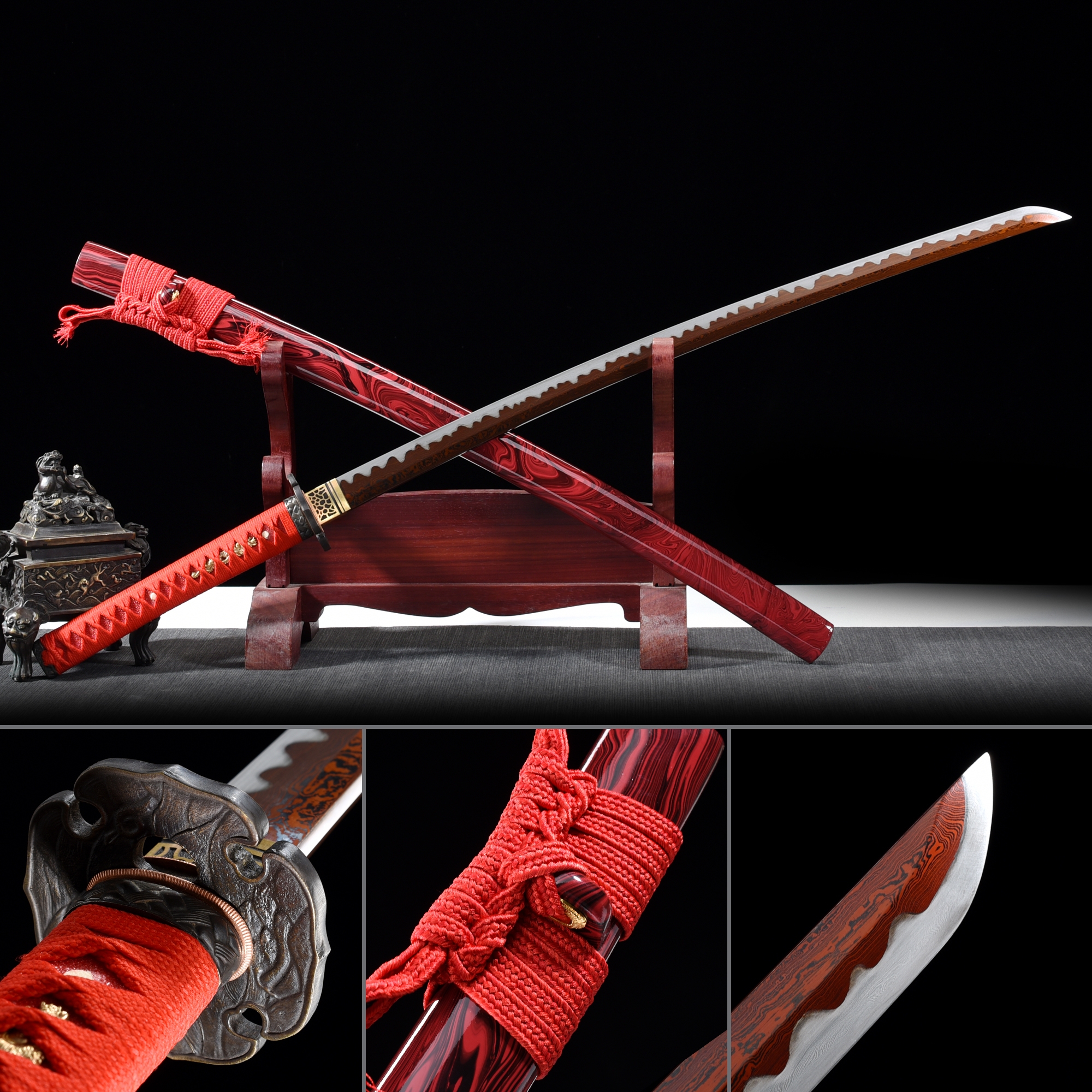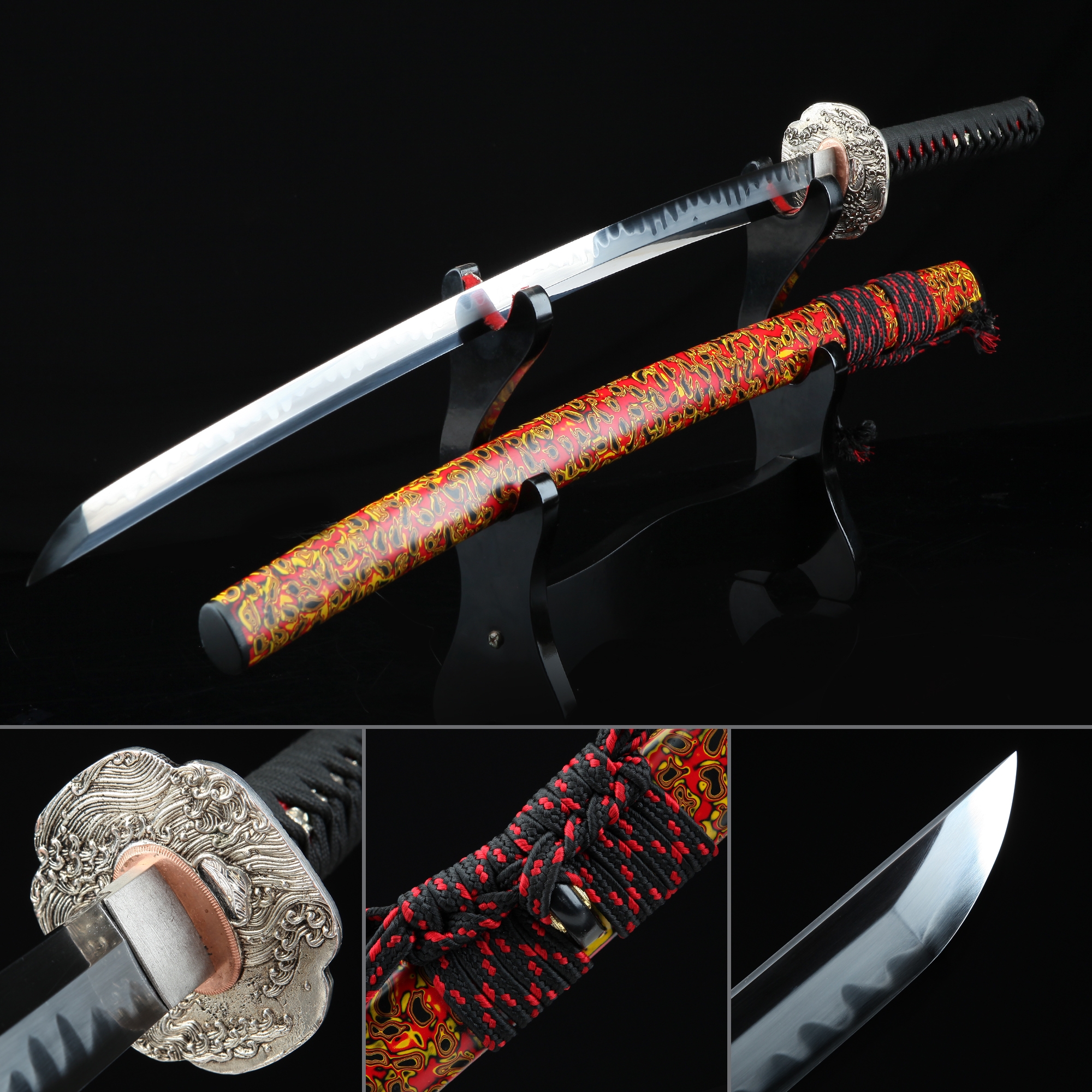

In general, the mei should be carved into the side of the nakago which would face outward when the sword was worn. With a few exceptions, katana and tachi can be distinguished from each other, if signed, by the location of the signature ( mei) on the tang ( nakago). It is characterized by its distinctive appearance: a curved, slender, single-edged blade with a circular or squared guard ( tsuba) and long grip to accommodate two hands. The katana is generally defined as the standard sized, moderately curved (as opposed to the older tachi featuring more curvature) Japanese sword with a blade length greater than 60.6 cm (23.86 inches) (Japanese 2 Shaku). Description Mei (signature) and Nakago ( tang) of an Edo period katana In Portuguese the designation (spelled catana) means "large knife" or machete. Pronounced, the kun'yomi (Japanese reading) of the kanji 刀, originally meaning single edged blade (of any length) in Chinese, the word has been adopted as a loanword by the Portuguese.

Īs Japanese does not have separate plural and singular forms, both katanas and katana are considered acceptable forms in English. Katana can also be known as dai or daitō among Western sword enthusiasts, although daitō is a generic name for any Japanese long sword, literally meaning "big sword". The katana belongs to the nihontō family of swords, and is distinguished by a blade length ( nagasa) of more than 2 shaku, approximately 60 cm (24 in). The term is a compound of kata ("one side, one-sided") + na ("blade"), in contrast to the double-sided tsurugi. The word katana first appears in Japanese in the Nihon Shoki of 720. Etymology and loanwords Japanese Edo period wood block print (ca 1735) of a samurai with a tachi and a wakizashi (or kodachi) The specific term for katana in Japan is uchigatana (打刀) and the term katana (刀) often refers to single-edged swords from around the world. Since the Muromachi period, many old tachi were cut from the root and shortened, and the blade at the root was crushed and converted into katana. Developed later than the tachi, it was used by samurai in feudal Japan and worn with the edge facing upward. Ī katana ( 刀, かたな) is a Japanese sword characterized by a curved, single-edged blade with a circular or squared guard and long grip to accommodate two hands. Lacquered wood, some are covered with fish skin, decorated with brass and copper. Two-handed swept, with circular or squared guard Nanboku-chō period (1336-1392) which corresponds to the early Muromachi period (1336–1573) to present

Samurai, Onna-musha, Ninja, Kendo, Iaido practitioners Bizen Osafune school influenced by the Sōshū school. A katana modified from a tachi forged by Motoshige.


 0 kommentar(er)
0 kommentar(er)
